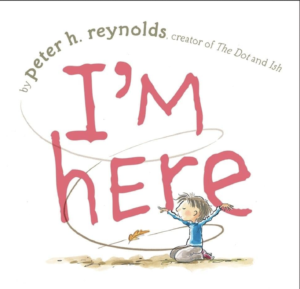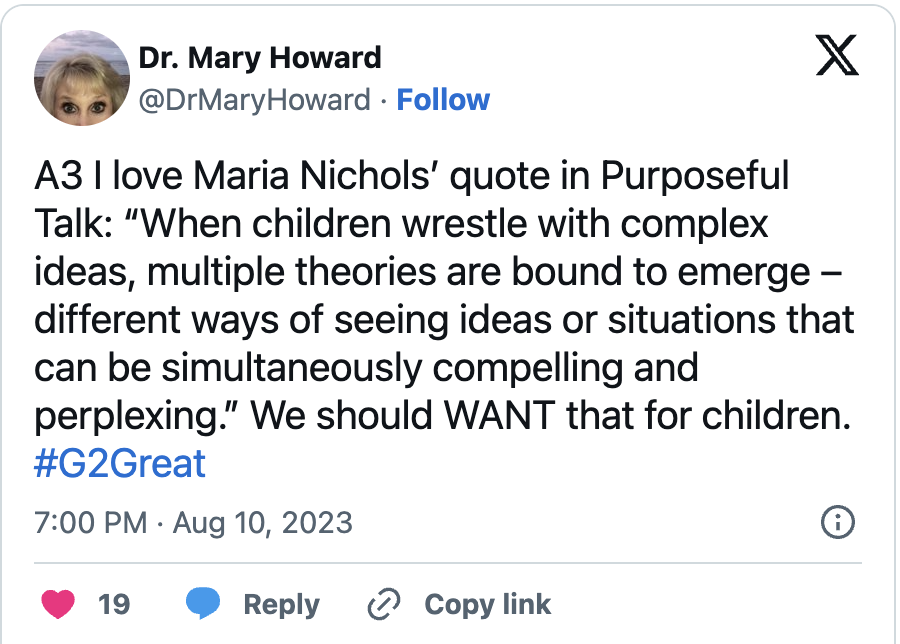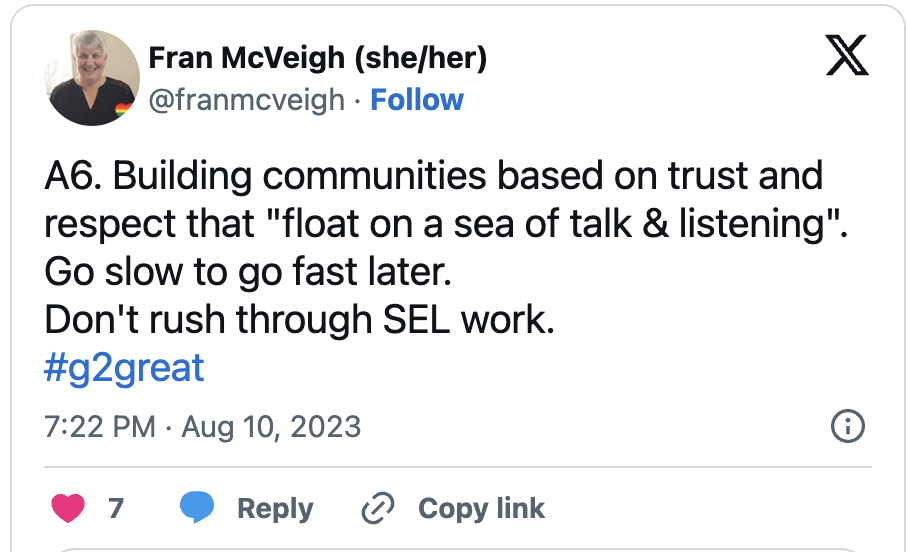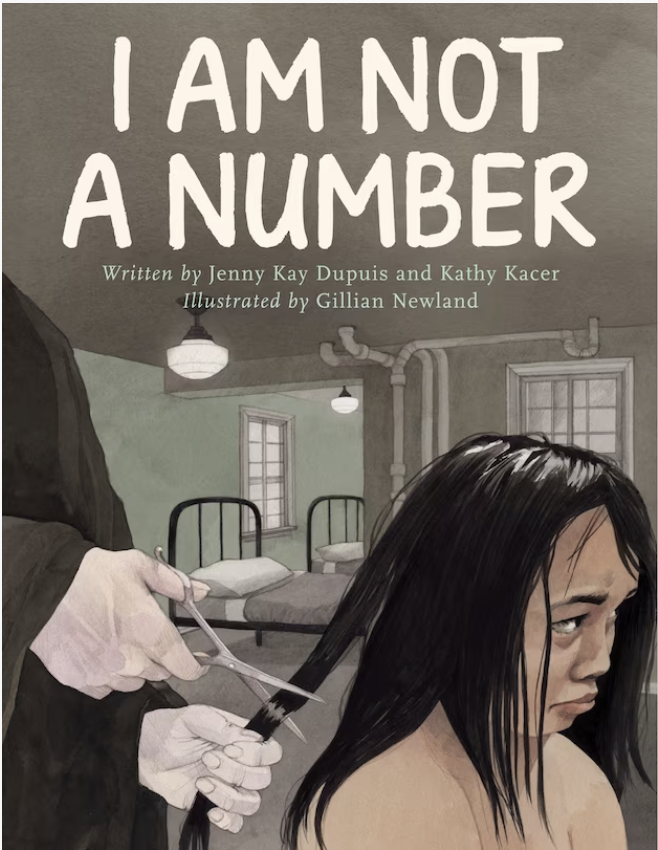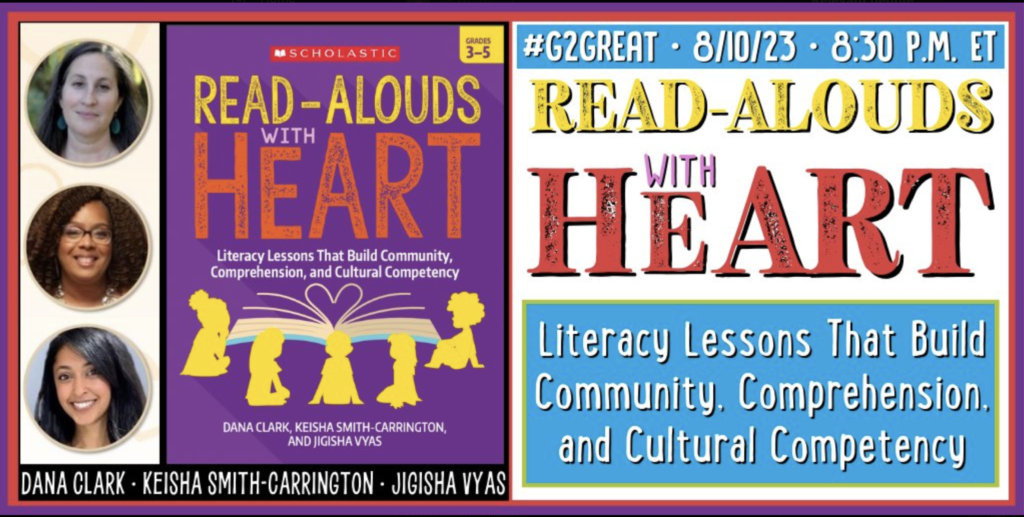
BY: Brent Gilson
One of my favourite parts of being on the #G2Great team is the opportunity to reflect on the topic and write a blog post inspired by the discussions around the featured book. This week we looked at a topic that has always been near and dear to me as a teacher, the Read-Aloud. When I started teaching, I was in a 3rd-grade classroom. At the time, fresh out of University, I did not think about the books I chose to read. Most of the time, it was to inspire writing in my students; I did not in that first year understand the power of a read-aloud.
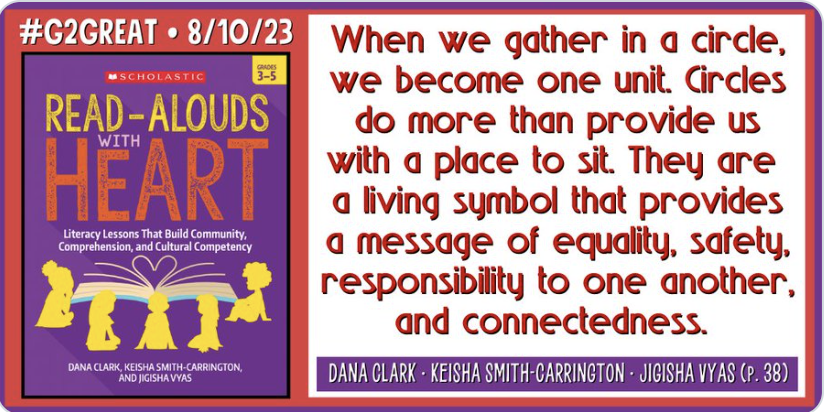
I remember the first time I really recognized the power of a read-aloud as a community builder. I was teaching fourth grade, and a student in that class was neurodivergent. When I started at the school, the class and the student struggled greatly. The combination of a lack of empathy shown by the class community and regular outbursts and class disruptions damaged the community. One day we gathered as a class to read Peter Reynolds I’m Here.
As we read the text, students started to look around for their classmate. He was not present that day and then connections and thoughts started pouring out of the kids. They asked if their classmate was like the boy in the story, and they began to understand him better in that very brief moment. This simple little story, read aloud, and the conversation that followed helped my students explore thinking they previously had not entertained, resulting in a closer class community. This book, like many others, helped my students approach a concept that seemed out of reach. The beauty of the read-aloud and the community we form is in the way our young learners can approach complex ideas.
As I moved from 3rd grade to 4th, then 6th, and then transitioned to Junior and yes even Senior High, the power and effectiveness of Read-Aloud with picture books continued to hold true. We discussed structures of thinking and ways we can build comprehension and then we would dive in to read and experience great texts. Reading aloud a story like I am Not a Number by Jenny Kay Dupuis and Kathy Kacer and illustrated by Gillian Newland
opened opportunities for us to look at Residential Schools (I think referred to as Indian Boarding Schools in the USA). The conversations in my High School classroom may look different than in a Grade 3 room but the text remains the same. We would be able to dive not only into the powerful text and story but also the imagery, and how visual literacy skills help to convey tone. I find teachers who neglect the practice of reading aloud are leaving a lot of learning opportunities on the table, and I hope my High School colleagues will pick up a book like Read-Alouds with Heart to help build their practice.
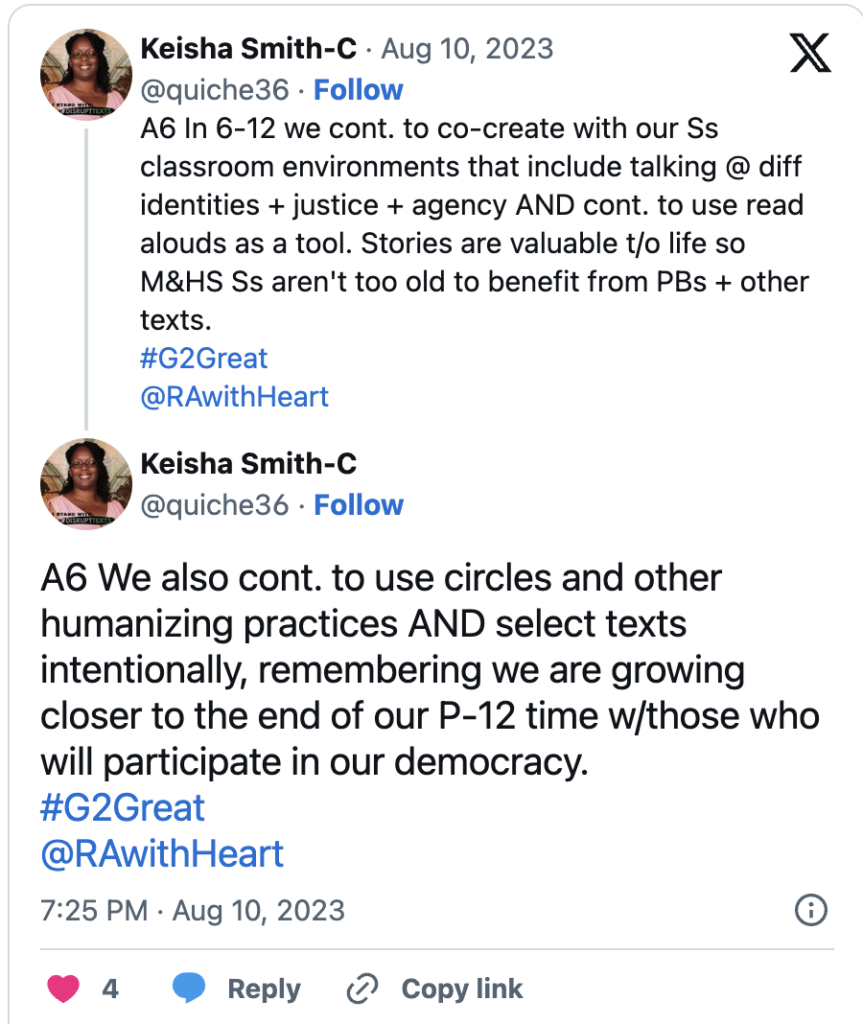
In my own professional practice, I have witnessed the power of Read-Alouds as not just an instructional tool but as a community builder. The discussions that come after reading a book like Ibtihaj Muhammad’s The Proudest Blue, illustrated by Hatem Aly
in my rural 99% white classroom, are always focused on learning. As Dr. Rudine Sims Bishop famously coined. Books can serve as Mirrors, Windows, and Sliding Glass Doors for all our students. I find the Read-Aloud serves as a way teachers can help provide those mirrors and open those windows and doors; we just need to be willing and ready to.
Being able to help facilitate these discussions requires educators to be ready themselves. We can not lead or even provide a safe place for this powerful learning without doing the self-work required.
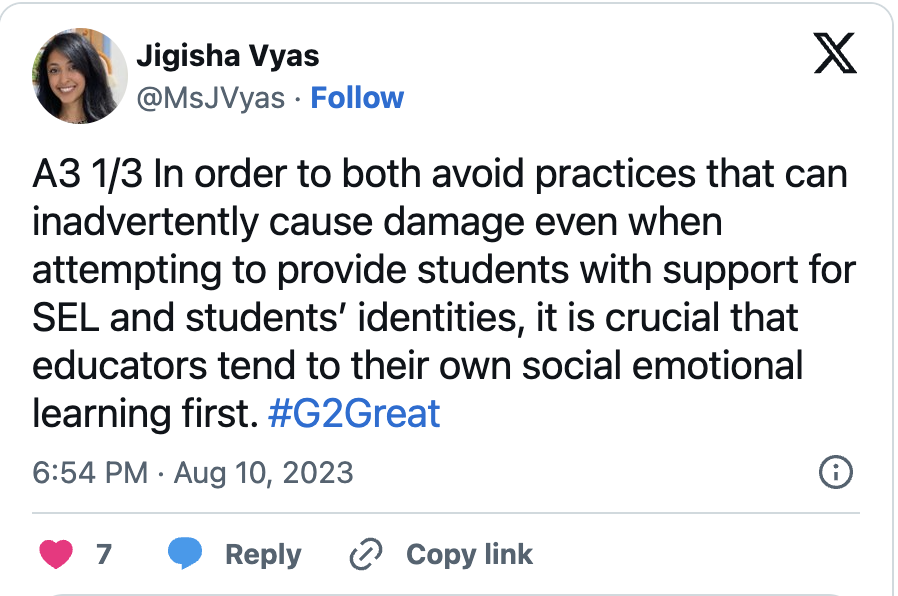
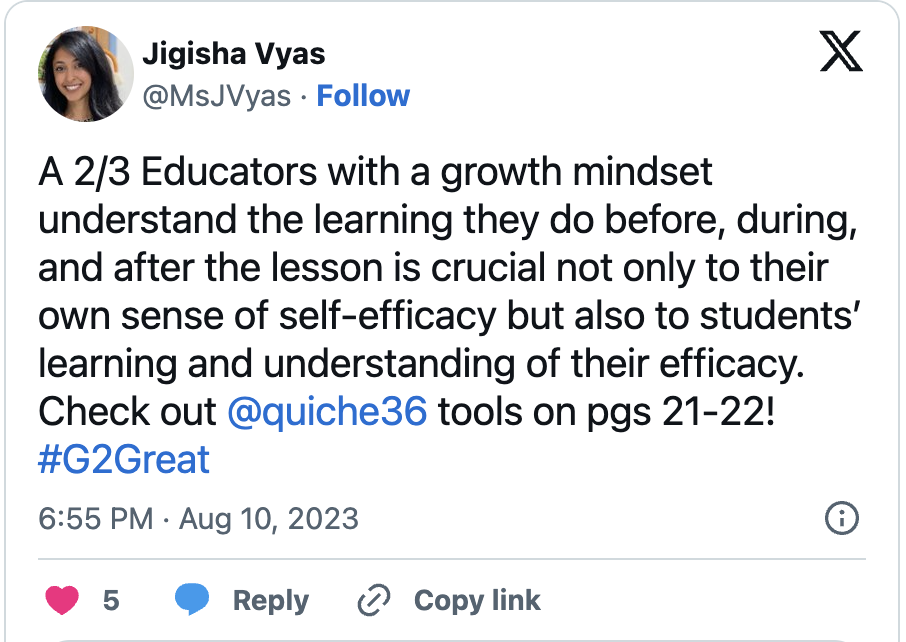
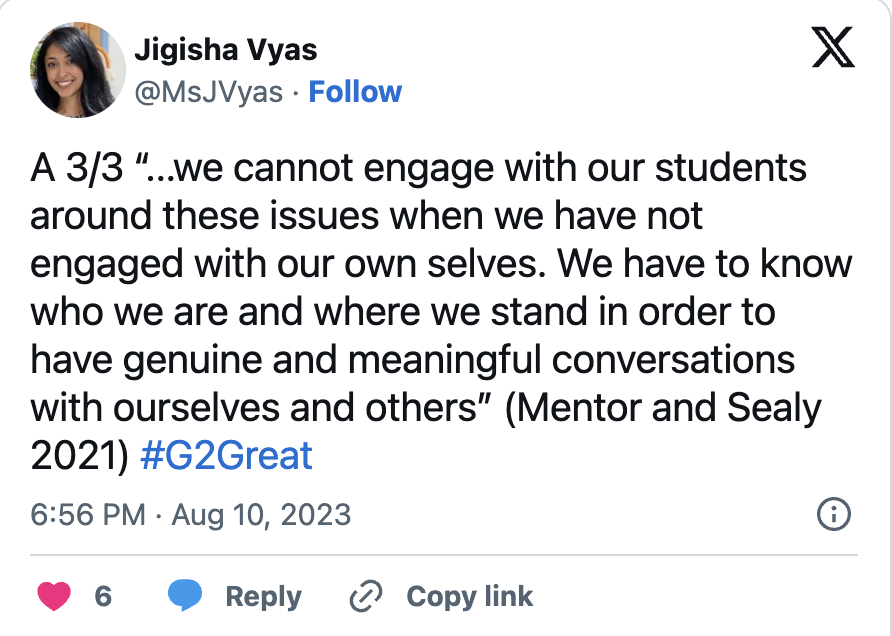
There is an authenticity in this work that is required to do it well. Without interrogating ourselves and doing that learning, we will be ill equipt to lead in our classroom communities. We can read all the books, we can share them with our students, and feature them on our Instagram feeds to show how “dedicated” to the work of anti-racism or SEL or any other focus in education, but until we are looking at our role in these systems, we will not be effective in helping our students learn and grow with Read-Alouds or any other practices within our classrooms.
I love the opportunity to write the chat blog because it helps me to think. It helps me to interrogate the practices I have in place in my classroom and look at how I can apply new learning found in great professional resources like Read-Alouds with Heart and in the discussions from the chat. We are better together as a community. Over the last few years, we have learned that more than ever. Read-Alouds with heart AND purpose, which this text provides, present us with the opportunity to build those communities.
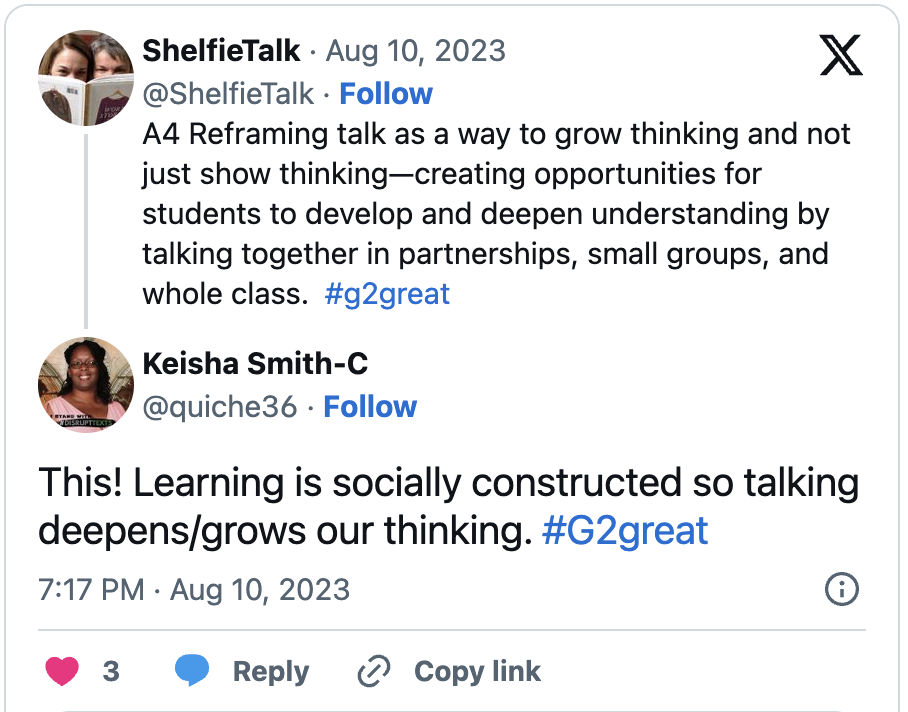
Thank you to the authors of Read-Alouds with Heart, Dana Clark, Keisha Smith-Carrington, and Jigisha Vyas for joining the #G2Great chat this week.
If you are looking to pick up a copy it can be found here
